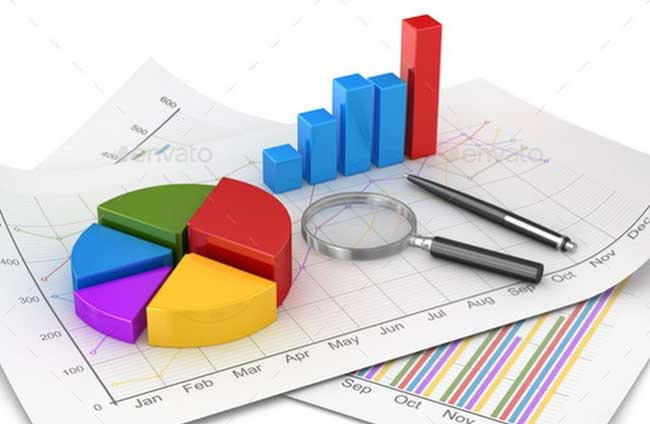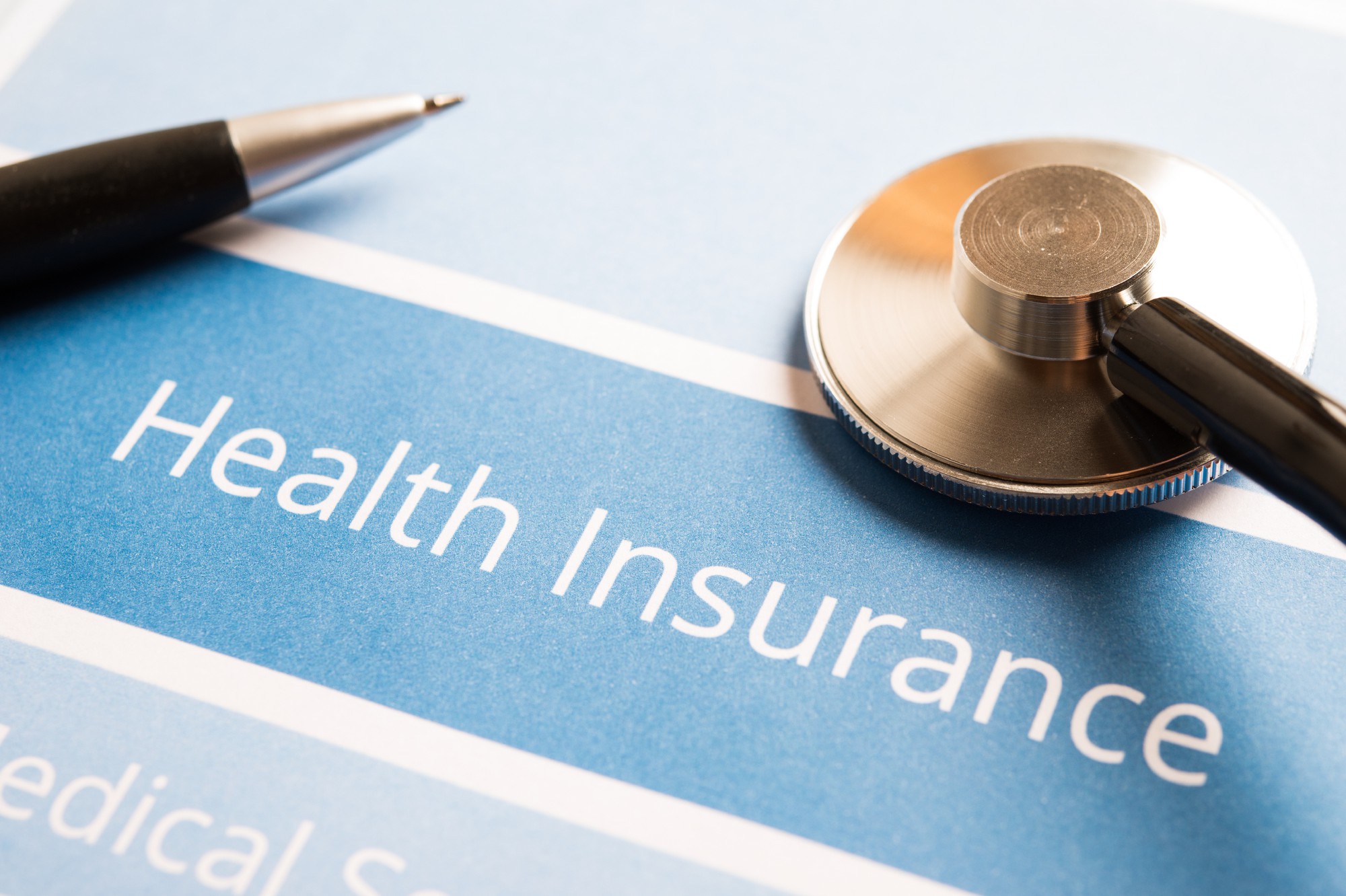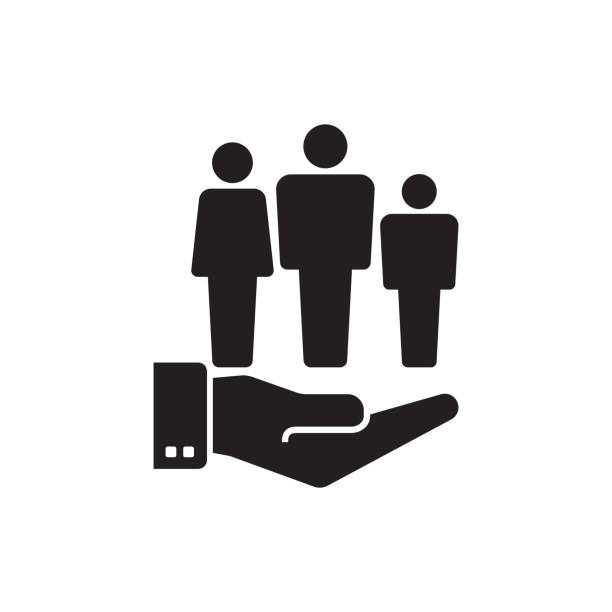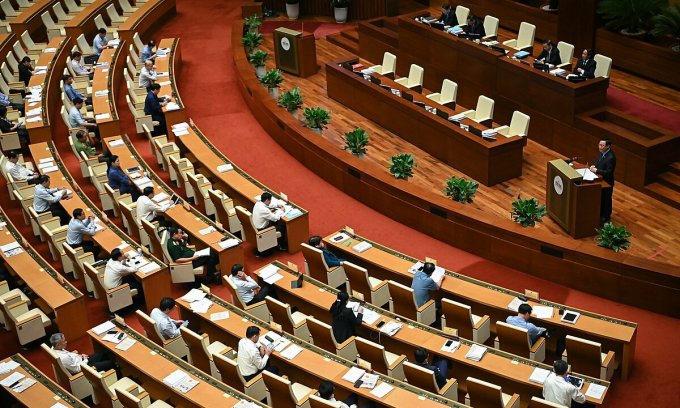The assets of a Vietnamese enterprise are determined by what factors?

Enterprise assets are expressed in physical form (tangible assets) such as machines, equipment, factories, goods, cars, … or not in physical form (intangible assets). ) such as intellectual property rights, patents, patents, trademarks, etc. Today, LSX Lawfirm will give you an article about “The assets of a Vietnamese enterprise are determined by what factors?“, as follows:
Legal grounds
Civil Code 2015
Enterprise Law 2020
What are the assets of a business determined by?
Accordingly to Article 105 of the Civil Code 2015, the property is objects, money, valuable papers, and property rights. Assets include real estate and movables. Real estate and movables can be existing assets and assets formed in the future.
Assets can seen as all resources owned by an enterprise, held, controlled, distributed, and managed by an enterprise for the purpose of creating positive economic value from owning assets. In simple terms, assets represent ownership through being able to converted into cash (although money itself considered an asset).
Enterprise assets expressed in physical form (tangible assets) such as machines, equipment, factories, goods, cars, … or not in physical form (intangible assets). ) such as intellectual property rights, patents, patents, trademarks, etc. Understanding what tangible and intangible assets are in management, production, and business activities helps you to have an overview. on assets, thereby improving the way of using and managing assets.
What are the assets of the enterprise?
Assets of an enterprise may include cash, securities, headquarters, buildings, construction works, machinery and equipment, shops, warehouses, goods, raw materials, fuel, supplies, Trade name, signboard, trademark, customer network…
The assets of the entity can be classified as follows:
- Fixed assets: Buildings, machinery, equipment, warehouses, means of transport then.
- Types of materials (main materials, auxiliary materials, fuel) then.
- Tools
- Goods, finished products
- Cash
- Bank deposits S
- Securities (stocks, bonds)
- Receivables: Receivables from customers, advances, internal receivables, other receivables…
- Other intangible fixed assets: Issuing rights, patents, inventions, trademarks, trade names, software programs, land use rights, then etc.
Short-term assets
Current assets are assets that have a short useful life, an average of 12 months or within a business cycle of an enterprise, and have low use-value, usually put into production and circulation for other businesses. short-term investment plan aimed at ensuring solvency, and profitability, avoiding waste of assets after the rotation process.
The form of value of assets often changes in time and use cycle (assets no longer keep their original physical form). Current assets expressed in common forms such as cash capital, short-term financial investments, inventories (raw materials, supplies, goods, …), receipts, and other assets. other short-term assets.
- Firstly, Current assets are cash including cash (Vietnamese currency, foreign currencies), bank deposits, cash in circulation, and cash equivalents (gold, silver, precious stones, metals) precious).
- Secondly, Short-term financial investments are short-term outward investments for the purpose of earning a profit, with a quick payback period usually within a business cycle, including items such as short-term securities investments. short-term investments, other short-term investments, provision for devaluation of short-term investments – used to cover actual losses of long-term investments due to causes such as investor bankruptcy, natural disasters, floods, …
- Thirdly, Inventories are assets of the enterprise use in the production and business process or for sale in the short-term business period of the enterprise, including purchased goods in transit; raw materials, materials, tools, and instruments; the costs of production and business in progress; finish products, goods, goods sent for sale and goods stored; at the enterprise’s tax-suspension warehouse – a warehouse used to store imported raw materials, materials and supplies; that have cleared but have not yet paid tax to carry out production. export goods.
Long-term assets
Contrary to short-term assets, long-term assets are those assets that have a long life of more than 12 months and used in many business cycles of the enterprise, have great value, and value form. of assets rarely change over many business cycles.
Long-term assets include fixed assets, long-term receivables, long-term financial investments, investment property, and other types of long-term assets.
- Firstly, Fixed assets are assets of great value and can used in many production and business cycles of an enterprise (over 1 year). In order to recognized as a fixed asset, it is also necessary to satisfy the conditions prescribed by Vietnamese law.
- Secondly, Long-term receivables are legal assets and interests of the business, currently held by other entities, and have a maturity of more than 12 months, long-term receivables; include long-term receivables from customers, internal long-term receivables; business capital in affiliated units, receivables from loans and other long-term receivables.
- Thirdly, Long-term financial investments are external investments of the business with a long payback period, usually more than 1 year, for the purpose of earning profit. Such investments are investments in subsidiaries; investments in associates and joint ventures; other long-term investments and provision for diminution in value of long-term investments – used to record fluctuations in value, increase and decrease in value, loss of long-term investment securities, and loss of investment another long term.
- Finally, Investment real estate held or owned by businesses such as houses, investment land, etc., with the purpose of making a profit from renting or waiting for an increase in price to sell. Note that real estate use for production and supply activities such as factories for production will considered fixed assets, not investment properties.
Consulting service of LSX Lawfirm
Above is LSX Lawfirm’s advice on the content of the problem “The assets of a Vietnamese enterprise are determined by what factors?“. And all the above knowledge to use in work and life. If you have any questions and need more advice and help, please contact the hotline for the reception. Lawyer X is a place that provides reputable and fast business services at reasonable prices. Customers will be extremely satisfied when using our services.
- FB: www.facebook.com/luatsux
- Tiktok: https://www.tiktok.com/@luatsux
- Youtube: https://www.youtube.com/Luatsux
Related article
Legal capital of enterprises in the field of insurance in Vietnam
Procedures for business suspension for FDI enterprises in Vietnam
Contribute capital with fixed assets according to Vietnamese law
Related questions
What are the tangible fixed assets of the business? Pursuant to the provisions of Article 2 of Circular 45/2013/TT-BTC, the tangible fixed assets of the enterprise are the labor materials mainly in physical form; satisfy the criteria of tangible fixed assets; engage in multiple business cycles but retain its original physical form.
Tangible fixed assets of the enterprise are the means of production; labor tools mainly have the form; exist in physical form, and satisfy the criteria for tangible fixed assets as prescribed; Besides that after participating in many production cycles; the business, still retains its original shape and physical state. Tangible fixed assets of the enterprise include machinery, equipment, labor support tools; buildings, structures, means of transport, etc.
Contact LSX Lawfirm
Finally, hope this article is useful for you; answer the question: “The assets of a Vietnamese enterprise are determined by what factors?“. If you need more information, please contact LSX Law firm: at +84846175333 or Email: [email protected].
Conclusion: So the above is The assets of a Vietnamese enterprise are determined by what factors?. Hopefully with this article can help you in life, please always follow and read our good articles on the website: lsxlawfirm.com




